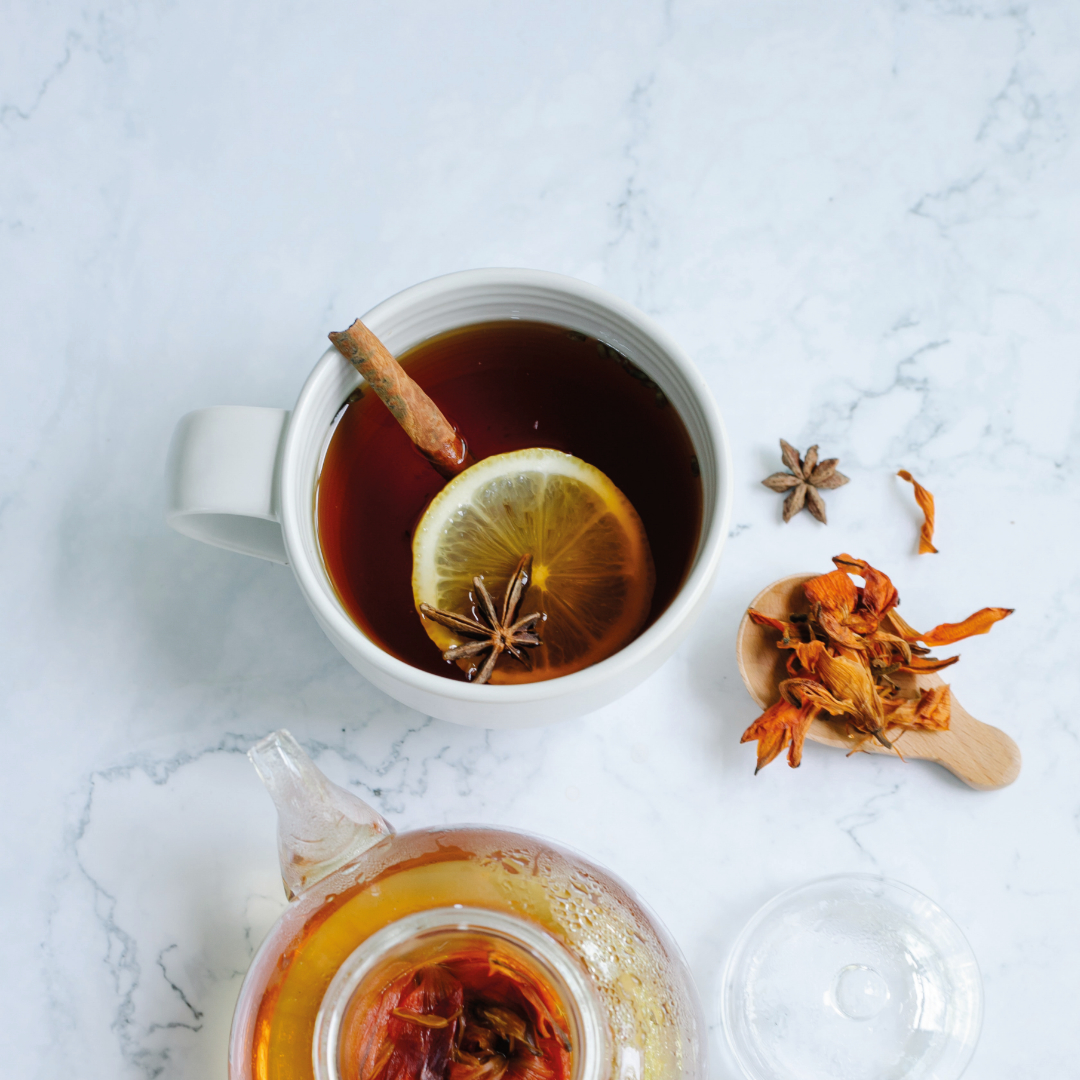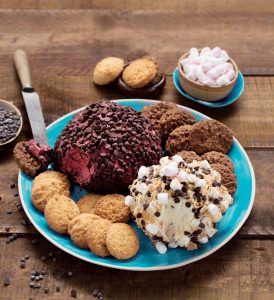It’s no secret that tea not only provides comfort, but holds healing properties as well. We’re diving into tea benefits and what it can do for your body and mind
Tea has been around for centuries and since the beginning, people have been taking advantage of its many benefits. Not only does tea calm, soothe, replenish and warm the body, but it also heals the mind. Tea contains compounds called polyphenols, which are micro-nutrients that are naturally found in plants. Polyphenols are known to help maintain a stable blood pressure, working to keep your arteries healthy and clean, promoting circulation and reducing inflammation. This also leads to a lower risk of diabetes and cancer growth, and overall a longer and healthier life. Not looking at that cup of tea in the same way anymore, are you? Let’s take a look at a few different teas and understand the benefits each one can have.
Green tea
Green tea leaves are treated immediately after they are picked, preventing them from oxidising, which results in the leaves containing a high concentration of polyphenols. This means that green tea is the least processed tea, since it contains more antioxidant properties compared to oxidised teas such as black tea. Green tea also contains less caffeine than an oxidised tea.
Matcha
Matcha is a kind of green tea that originated around the 8th century in China and is widely used in both Chinese and Japanese culture. It has recently been introduced into western culture and is often enjoyed as a latte, but is traditionally brewed with water. Matcha has a unique savoury, earthy taste, and many health benefits. It is also often used in cooking and baking to add extra depth to dishes.
Chamomile
Chamomile tea is made from dried chamomile flowers and is loved for the calming, relaxing and soothing effect it can have on the body and mind. This tea can help to aid in sleep difficulties, can reduce muscle spasms and even menstrual cramps. It also helps with anxiety as it contains no caffeine, making it the perfect drink to have before bed. What’s more, chamomile can be given to kids to help calm them down and send them dosing off into a night of peaceful sleep.
Ginger tea
Ginger tea is brewed using the peeled and chopped ginger root. People usually consume ginger tea to help reduce nausea and ease pain as it also contains anti-inflammatory properties. Ginger also aids in digestion and is commonly consumed with a dash of cayenne pepper, squeeze of lemon and drop of honey to help soothe the symptoms of a cold and sore throat.
Rooibos
Grown only in South Africa, rooibos is a very versatile herbal, caffeine-free tea that yields itself to being mixed with many other flavours. This tea pairs well with a classic combination of milk and sugar, or in other tea varieties with vanilla and berries, or shines perfectly well on its own. Rooibos tea also contains polyphenols, which help with inflammation, pain and allergies, and even skin health.
Jasmine tea
Interestingly, jasmine tea is made using green tea leaves and the blossoms of the jasmine bush, which then infuse their flavour into the tea. This means that jasmine tea has similar health benefits to normal green tea, just with a more floral taste. It’s a favourite for many to enjoy during teatime as it works well with sweet desserts.
Buchu tea
Like rooibos, buchu is another incredible plant from South Africa. It has many wonderful qualities and properties that help with issues such as inflammation and stomach irritation, and is used as an antiseptic for urinary tract infections. The tea can be soothing and warm, and also contains no caffeine. Buchu is an incredible tea that traces back to the 16th century, used by the Khoisan people and later by settlers to help
aid in a number of different illnesses and ailments.
While there are various kinds of teas out there, the above-mentioned variants tend to be some of the the most popular. Whether you’re looking to unwind and warm up, soothe some cramps or calm your mind, tea will always be a kettle of boiling water away from making your day that much better.
Words by Sjaan Van Der Ploeg
Looking to add extra nutrients and vital vitamins into your everyday life? Look no further than freshly squeezed (or blended) vegetable juice.




